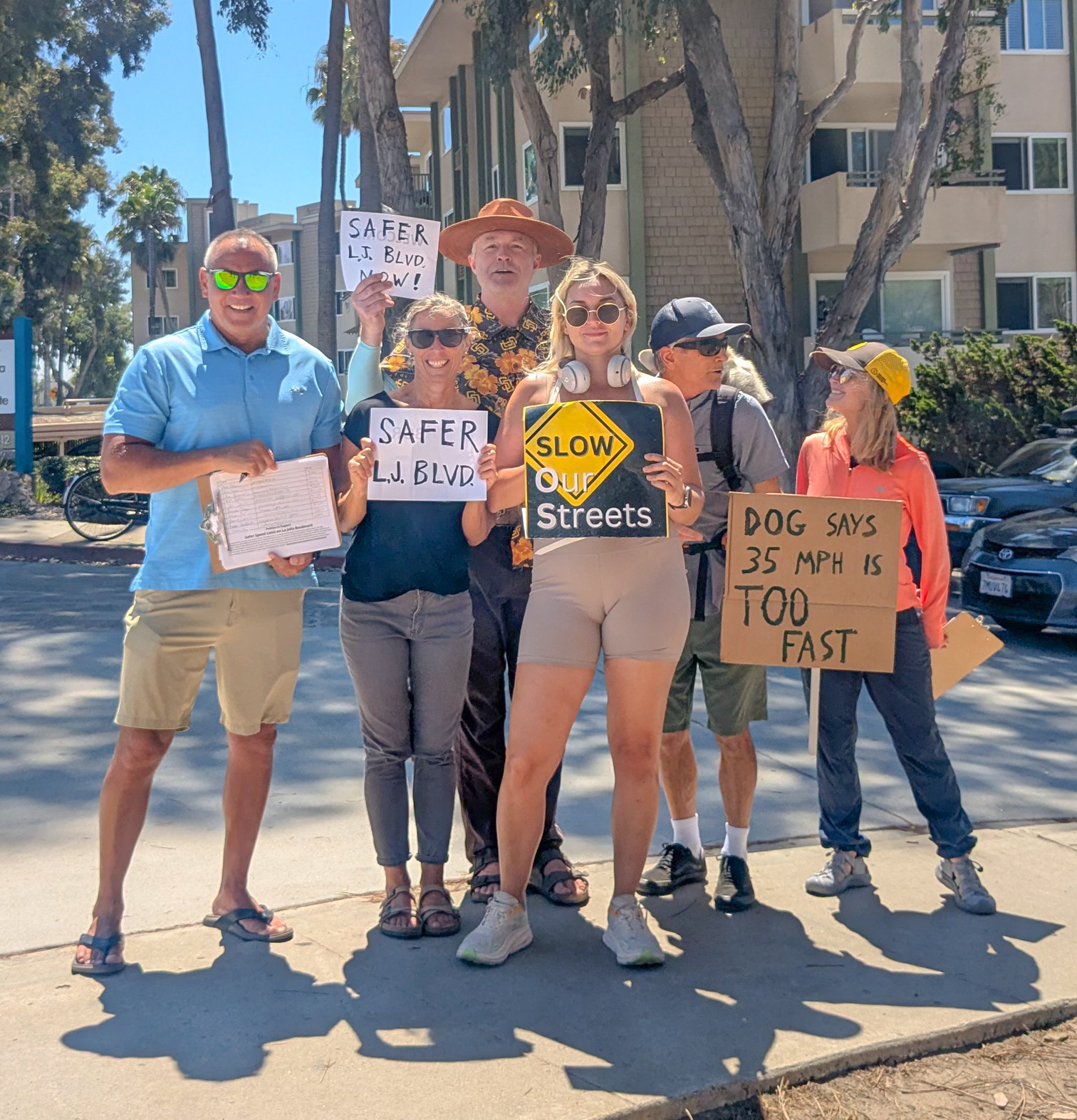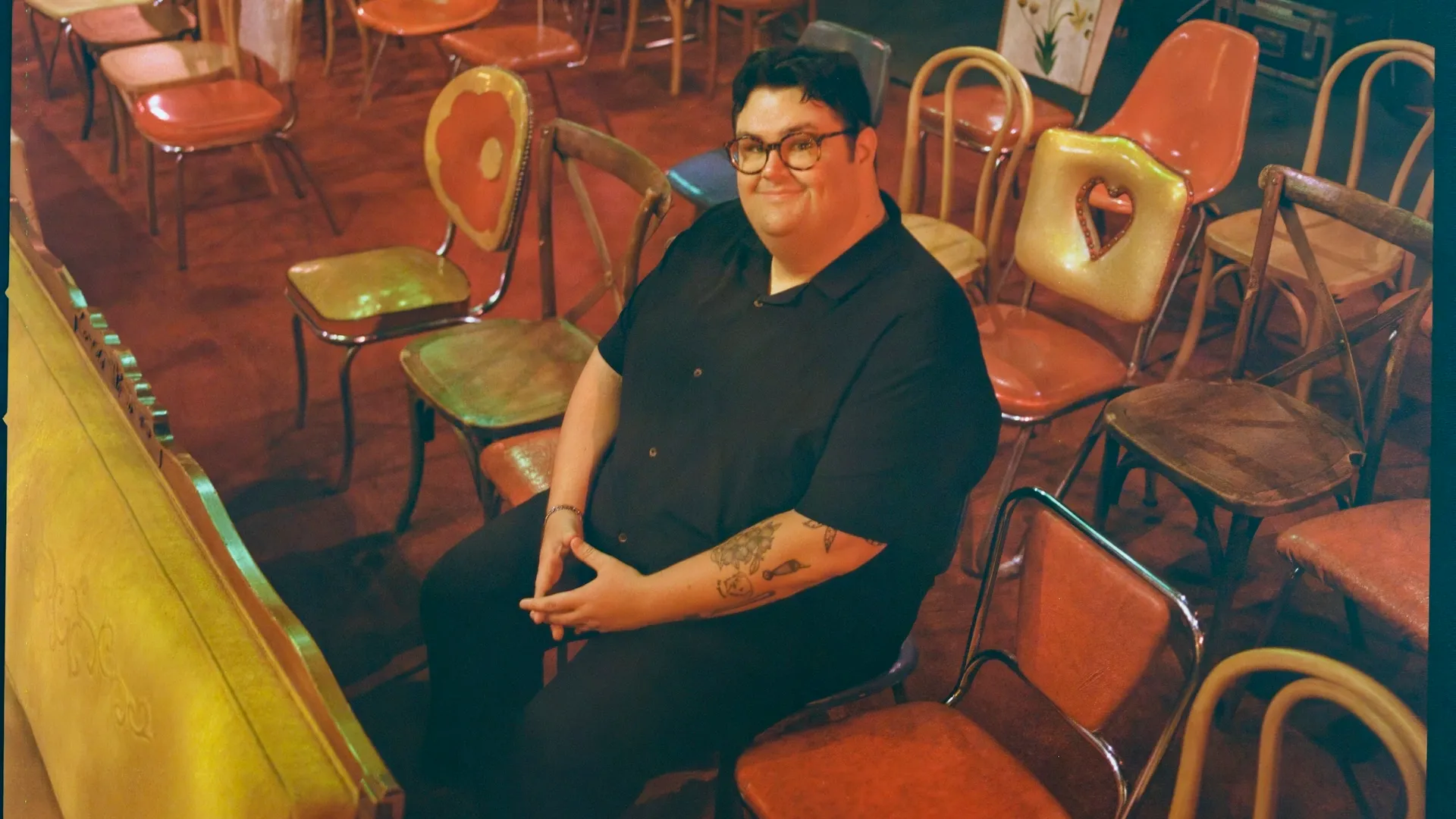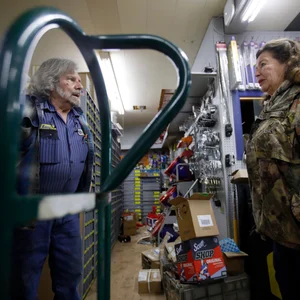By Dave Schwab • Times of San Diego
Copyright timesofsandiego

BIRD ROCK – An effort continues by some in Bird Rock seeking to decrease the speed limit on La Jolla Boulevard.
Launched more than three years ago, an ad hoc group known as Respect Bird Rock sent a letter in April to District 1 Councilmember Joe LaCava, urging him to consider lowering the speed limit on La Jolla Boulevard.
Their letter read: “Lower speed limits save lives and prevent injuries. The speed limit on La Jolla Boulevard between Pacific Beach and Bird Rock is too high at 35 mph. This includes the well-trafficked but dangerous crossing at the world-famous Tourmaline Surf Park destination.”
The letter goes on to point out that 35 mph is a higher speed than all the other commercial/residential streets that connect with La Jolla Boulevard.
Reacting to the speed-limit-lowering effort, Joe Terry, current president of Bird Rock Community Council, said: “The BRCC has not addressed this issue. My understanding of what folks think is that there is general support for a 25 mph speed limit on La Jolla Boulevard south of Colima Street between Colima and Camino de la Costa, as well as in much of La Jolla and Pacific Beach.”
There is also a state law on the books, Assembly Bill 43, which could aid efforts to reduce La Jolla Boulevard’s speed limit, as that legislation gives local jurisdictions the authority to reduce speed limits set by Caltrans by five miles per hour on streets for “vulnerable pedestrian groups.” That category includes near schools, senior-serving facilities, and safety corridors.
Times of San Diego approached Harry Bubbins, a resident who, along with others, has been actively advocating for downsizing La Jolla Boulevard’s speed limit. Here’s what he had to say.
Times: What are the reasons for lowering the speed limit? What is the impetus behind this proposed change?
Bubbins: This is a community-driven initiative to make our main street safer for everyone. We are advocating for the city to use new tools from state law (AB 43) to finally address a long-standing danger that residents have been demanding for years. The impetus is daily near-misses, resident fear, and the preventable risk of a fatal crash. This is a primary route for children going to Bird Rock Elementary, seniors, and families, besides the hundreds of locals and visitors who visit world-famous Tourmaline Beach. The current speed creates an unacceptable danger. The physics is clear: survival rates plummet between 35 mph and 25 mph.
Times: For those unfamiliar with AB 43, can you explain how that state bill can help to lower the speed limit on La Jolla Boulevard?
Bubbins: AB 43 gives California cities more flexibility and authority to set speed limits based on safety, not just on how fast people are currently driving. This is about using every means available to prevent a tragedy on our street before it happens. For decades, the California Vehicle Code required cities to set speed limits primarily based on an “engineering and traffic survey. The key metric in these surveys was the “85th percentile speed” — the speed at which 85% of vehicles are traveling at or below under free-flow conditions. This created a vicious cycle. If people sped on a street, the speed survey would record higher speeds. The city would then be legally required to raise the speed limit to match the 85th percentile. This, in turn, would encourage even higher speeds, making streets more dangerous for everyone, including drivers. This rule often forced cities to set speed limits that were unsafe for the surrounding community, especially on streets that function as main streets with homes, schools, and businesses.
Times: What does AB 43 change?
Bubbins: AB 43 provides two major new avenues for cities to set safer speed limits. Cities can now declare a street a “safety corridor” if there is a history of crashes or if it is an area with high concentrations of vulnerable road users (seniors, children, people with disabilities). Within these corridors, cities can reduce speed limits. This is the most significant change for streets like La Jolla Boulevard. The law allows for speed limits to be set based on the “character of the road” and its land use in areas that are primarily commercial, within a residential district, or have high pedestrian or bicycle traffic. On these types of corridors, cities can now set speed limits as low as 20 mph or 25 mph based on this new context, not solely the 85th percentile speed.
Times: How does AB 43 directly apply to La Jolla Boulevard?
Bubbins: La Jolla Boulevard is a textbook example of the type of street AB 43 was designed to help. It qualifies as a corridor where a lower speed limit can and should be set because: It is within a residential district lined with homes and apartments; has high pedestrian and bicycle traffic; is a key route for students, families, seniors, and recreational cyclists; and features numerous storefronts, restaurants, and cafes making it a destination, not just a thoroughfare.
Times: What is the community asking the city of San Diego to do?
Bubbins: We are urging the city’s Transportation Department to use the authority granted by AB 43 to consider the street’s residential, commercial, and active transportation character as the primary factors in setting a new, safer speed limit of 25 mph and to implement the new speed limit with appropriate signage. AB 43 is a powerful tool that finally allows cities to prioritize human safety over traffic speed. It empowers communities like ours to demand streets that are designed for living, not just for driving. The law is now in effect; we are simply asking the city of San Diego to use it.
For more information, visit respectbirdrock.org.



